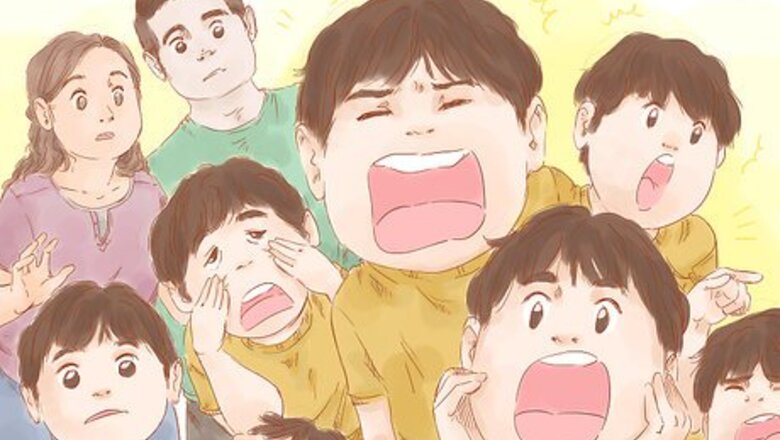
views
General Tips
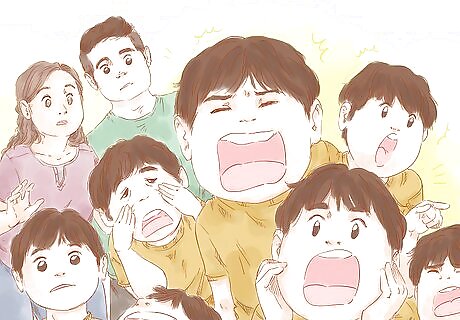
Expect hyperactivity. Because their sensory needs are greater, they will need to move more in order to meet those needs. This is natural, and it will always be part of their lives. You can help them manage it, but don't expect it to go away.
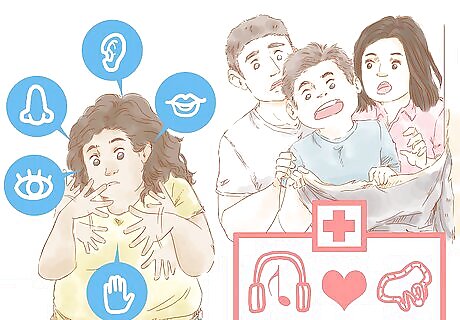
Expect stimming, and don't remark on it if it isn't actively causing harm. Stimming is an easy way to fulfill their sensory needs, and it is an important coping mechanism. Don't assume that just because it doesn't look useful to you doesn't mean that it isn't useful to them. Help them find a variety of stims to use. Talk to them if their stimming is destructive (e.g. ripping the wallpaper) or broaching others' personal space (e.g. playing with his sister's hair without her consent). Help them find an alternative stim.

Realize that symptoms vary, both from day to day and from person to person. Stress can make sensory processing more difficult, and their needs might be different from one day to the next. Expect them to be hyposensitive to some things and hypersensitive to others. For example, maybe they need lots of touch and activity, but bright lights bother them. Even within sections, some steps may not apply to them. Autistic people are very diverse!
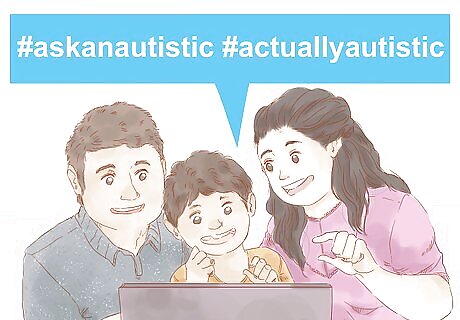
Find out what other autistic people do to handle Sensory Processing Disorder. Autistic people have a large presence online, where they share tips with each other about how to handle various problems. Check out the #askanautistic and #actuallyautistic hashtags to begin.
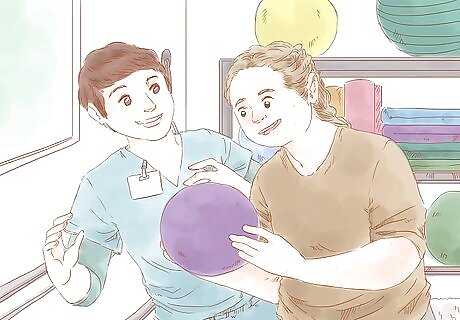
Help them find a good occupational therapist. An occupational therapist can help them build a sensory diet, or a variety of activities to help meet their needs. This will reduce hyperactivity in the long run. They can also teach useful coping techniques, such as stims and exercises.

Be patient and accommodating. Sensory seeking requires a lot of time, and under-stimulation can be difficult to handle. Allow them to be themselves and meet their needs.
Vision
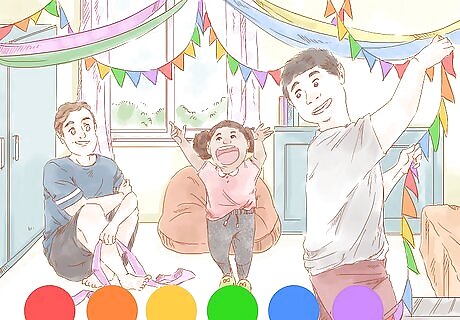
Decorate rooms with bright colors and plenty of decorations. Put posters of favorite things and colors on the walls, and don't shy away from rainbow or bright patterns. Make sure rooms are brightly lit, or that there are extra lamps the person can turn on. (The person may benefit from a nightlight in rooms at night.) Tip: Use brightly-colored bins and folders to help with organization.
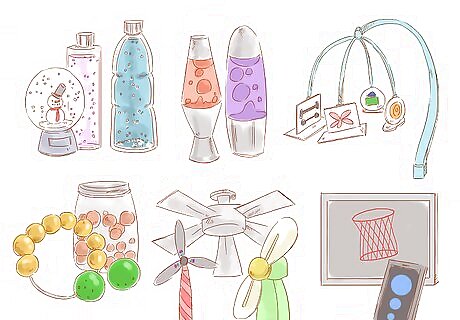
Find stim toys that they can look at. Here are some things they may enjoy: Snow globes, glitter jars, or a bottle with food coloring, water, and cooking oil (Simply shake) Lava lamps Mobiles Sparkly beads and objects Moving fans Animated gif patterns (e.g. the "Mesmerizing Gifs" and "loadingicon" threads on Reddit)
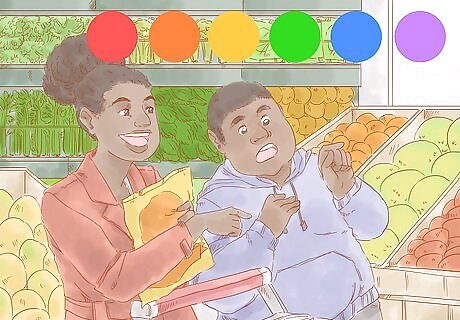
Pick out brightly-colored things when shopping together. It'll help moderate their need to stim, and it'll make your space more cheerful as a bonus.
Hearing
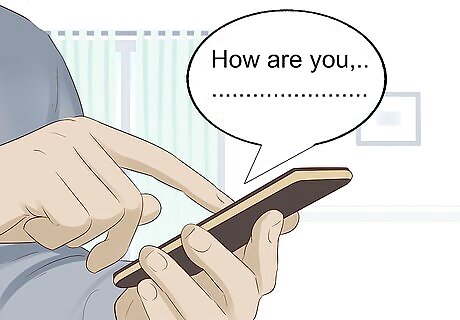
Have visual communication available. Autistic people with hyposensitive hearing may not always hear spoken words. Keep a visual form of communication available for both you and them; this could be PECS or cards with words written on them, a phone or tablet to type on, or even sign language.
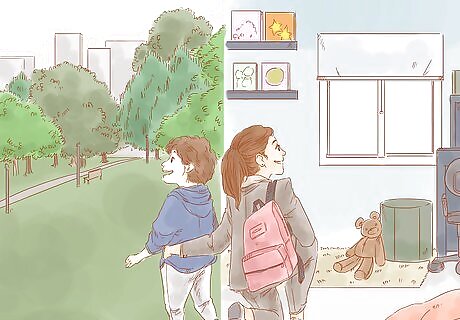
Find times and places where they can make lots of noise without bothering others. This may be outdoors, in a room away from everyone else, or in a place where everyone has left for now.

Invest in a good pair of headphones. This way, they can turn up the volume on their computer or TV without bothering anyone.
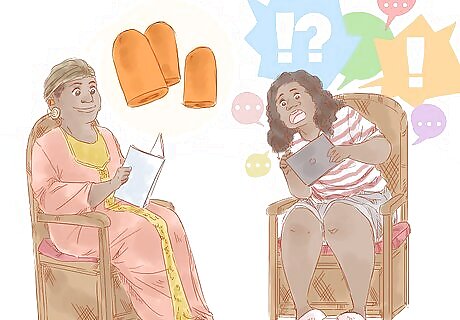
Get some earplugs and white noise—not for them, but for yourself. Autistic people with hyposensitive hearing can be quite noisy. Meeting them partway will help both parties be happy.
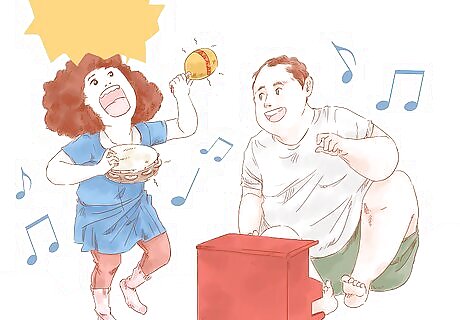
Join in the noise making! Sing along to music together. Turn kitchen pots and pans into a drum set. Chase each other around the playground, giggle, and scream. A little noisy playtime can be a great bonding experience.
Smell

Encourage good personal hygiene. If the autistic person has a decreased sense of smell, they may not recognize it if they smell bad. Family members and caregivers can help the autistic person build good hygiene habits. Help them create a routine around self-care, including showering, brushing teeth, and applying deodorant. Teach children how to clean themselves after using the bathroom and during showers. (Try offering wet wipes if they have motor difficulties.) Help preteens and teens build new hygiene routines once they reach puberty. Offer strongly-scented hygiene products, like soap, shampoo, and deodorant. Tip: Some autistic people may like the smell of perfume or cologne, though these scents may not be suitable for all environments.

Buy strong-smelling products when you can. Hyposensitive autistic people may enjoy smelling the following: Scented candles and air fresheners Strong-smelling soap, shampoo, body wash, and lotion Spicy or strong food Campfires
Taste
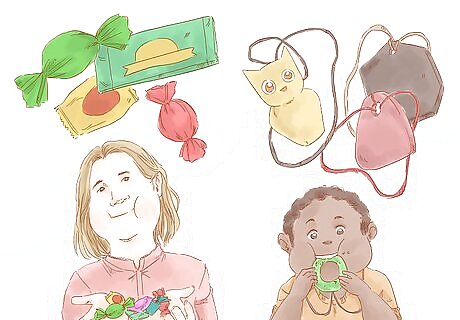
Keep little candies or gum around. Some hyposensitive people will put inedible things in their mouths (necklaces, clothing, whatever they can find). When this happens, you can offer them a candy or piece of gum instead. For young children, explain why: objects are germy, and only food belongs in their mouths. Children can be taught to ask for candy/gum when they want something to chew on. Give them a package of gum so they can get some whenever they want it. Try buying them chewy jewelry if they do this often. These can be found at special needs stores like Stimtastic or Fun and Function. Make sure that the jewelry does not fall apart easily or has small parts that could be choking hazards.Alternative: If you don't want the person to be eating too much sugar, but they don't need chewy jewelry, consider crunchy foods like carrots or apple slices.
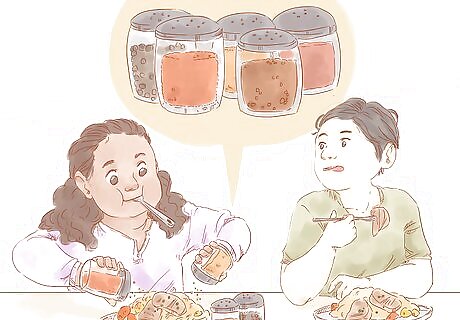
Put spices on the side when cooking. This way, the hyposensitive autistic person can pile it on, while others can apply a tolerable amount. (This also helps hypersensitive people who can't handle spice.) Always have spice on the table, even if people don't usually add spice to a given meal. This way, if the autistic person refuses to eat a food because it is "bland" or "tasteless," you can offer them the spices.
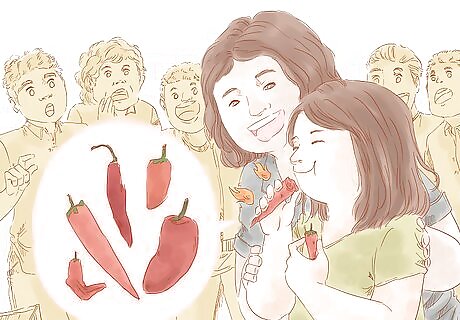
Have plenty of spicy and flavorful foods available. Your daughter may eat peppers like they are potato chips. (This can also be entertaining to onlookers.)
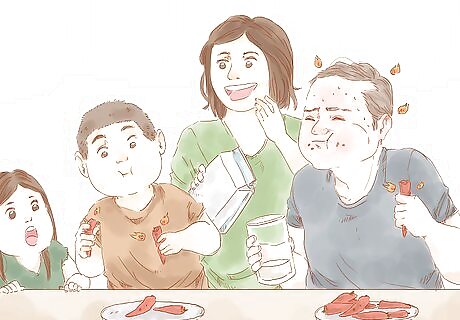
Consider making a game of who can eat the spiciest foods. See who can challenge the champion.
Touch and Movement

Get them moving. Hyposensitive autistic people often benefit from lots of movement and exercise. Some things you can do to get them on the move include: Physical chores, like moving or lifting heavy objects Exercising together Football and baseball Jumping on trampolines Martial arts Wall push-ups Horseback riding Swimming Dragging children around on blankets
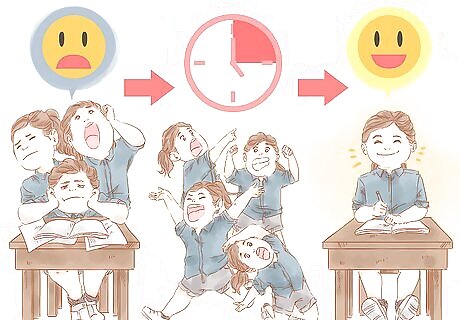
Take breaks if they have a hard time sitting calmly. Let them get up, run around, bounce off the walls, and do whatever they need to do. This will allow them to release their energy so they can focus again. Stim toys, like stress balls and tangle fidgets, can also help with focusing and sitting calmly. Try keeping a box of stim toys that your loved one can grab from as needed.
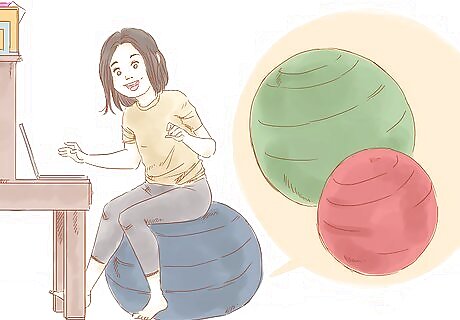
Try alternative seating options. If the autistic person is struggling to sit still, try getting them an exercise ball, sensory seat wedge, or chairs designed to wobble. The autistic person can sit on the wedge or ball when others use chairs, allowing them to bounce and wiggle to their content while being able to focus on whatever is in front of them. You can also make your own solutions, like putting an exercise band on the legs of the chair or "horseshoeing" a pool noodle on the seat. Teachers can get this as part of the student's IEP or special needs plan.
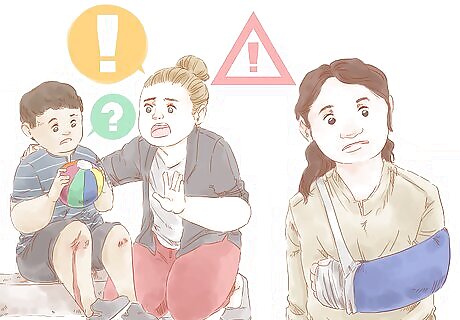
Keep an eye out for injuries. Sometimes, autistic people may get hurt without noticing it, because their sense of pain is hyposensitive. If you notice something odd, mention it right away, in case they didn't know. This can vary greatly—from not feeling a bug that landed on their arm to not realizing that their leg is broken. Some autistic people may self-injure to get sensory input. Integrating more sensory experiences into their schedule and redirecting harmful stims can help them keep safe.
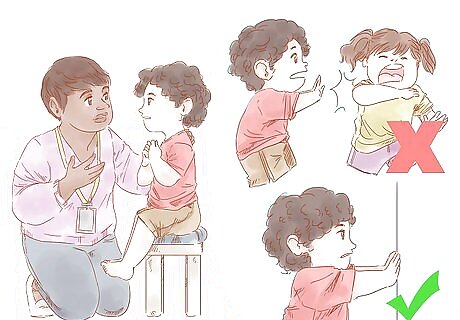
Talk to children about boundaries and personal space. Due to a hyposensitivity to touch, autistic children may not always realize that some touches can be uncomfortable or even painful to other people. (For example, they may hug too tightly, or push or hit others.) Different boundaries can be taught depending on the behavior and its purpose. Make it clear that others have different pain thresholds, and if they need input, they should push against walls (not people). If they like to hug for a long time, teach them to limit the hug to a few seconds (like counting down from three, and then letting go). Offer them something to squeeze, like a big stuffed animal, if they like tight hugs.
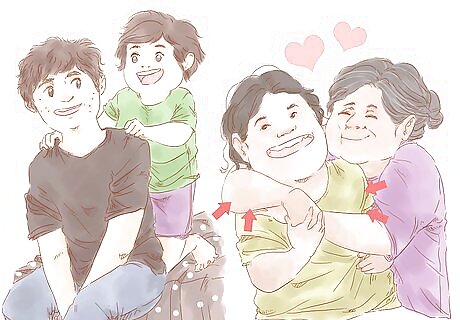
Give them access to deep pressure. Deep pressure can help some autistic people self-regulate. Provide a weighted vest for them to wear. Have weighted blankets, lap pads, or beanbag chairs available. Massage them or hug them tightly. (This also shows them that you love them.)
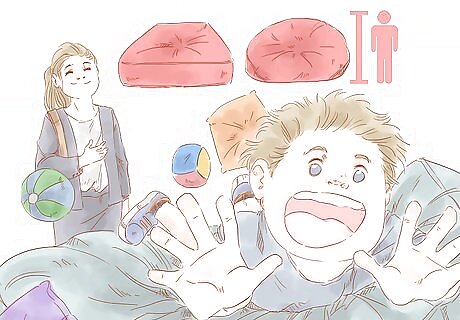
Identify a cushioned area (couch, bed, a pile pillows) that they can crash into. Hyposensitive autistic people may love to run into things, and it's important that they use a place that can't hurt them. Encourage the person to go land on their "crash pad" if they are getting hyper. Try out the "crash pad" together. It may be more fun than you think!


















Comments
0 comment